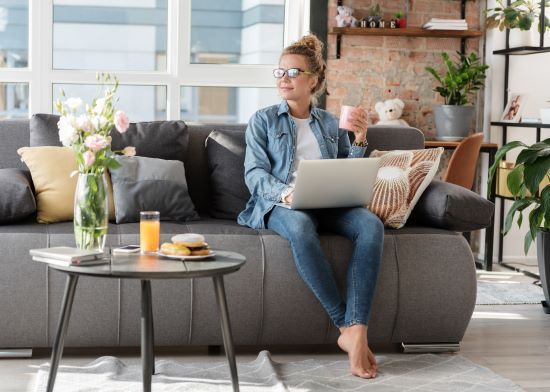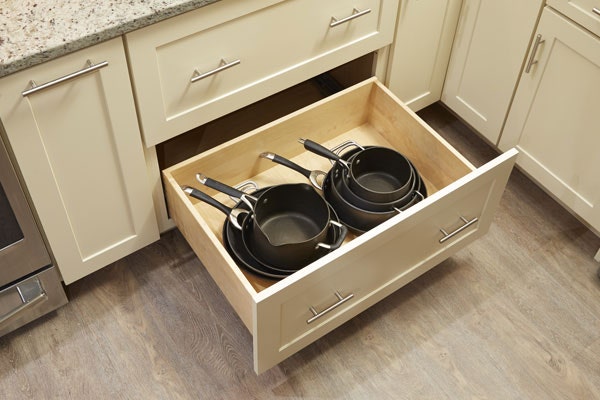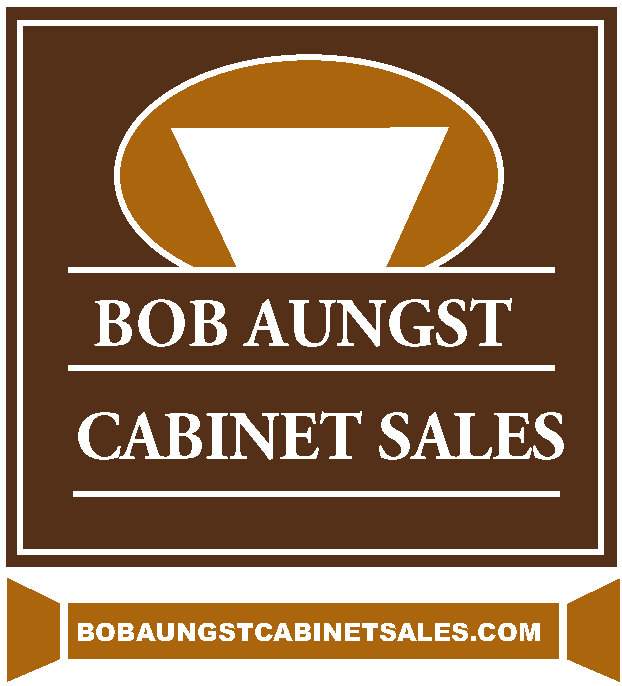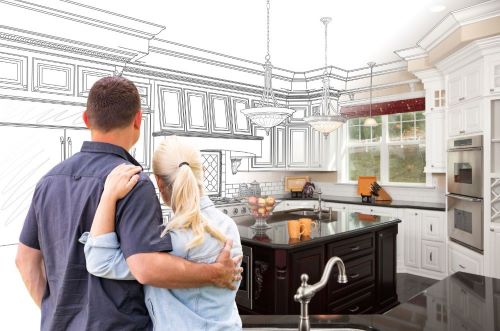Homeowners considering a kitchen remodel experience two types of pain: (1) the pain of living with an inefficient, outdated kitchen, and (2) the pain of having to pay for a new kitchen.
Studies by scientists in the field of neuroeconomics — a discipline that studies human behavior and choice-making — have discovered that each buying decision is a fight between a person’s pleasure center that wants the joy of acquiring something new and an aversion center that wants to avoid the pain of having to pay for something.
Kitchen designers – Based on the neuroeconomic findings, you have to include “pain reliever” as part of your job description.

Pain is especially present when consumers are facing a complex, expensive purchase, like a new kitchen. During the planning stage, they are buying something intangible, which only increases their anxiety.
When you point out the benefits they will gain by buying your services and products, they must picture themselves in a better place after having they buy from you.
This type of imaginative leap isn’t easy to take and can be painful when they start to think about how much a new kitchen will cost.

How to Overcome Their Purchasing Pain
Women evaluate purchases by the impact they will have on their relationships with family and friends. Buying something that will help the quality of their relationships eases the pain of a major expenditure.
You, as both kitchen designer and pain reliever, can go to work by telling her how your design solutions will both relieve her pain and enhance her relationships. Ask her to imagine herself in the space you’re planning. “Imagine how nice it will be to have the space to entertain your in-laws.” “Imagine having a place for the kids to do their homework while you make dinner.”
Another way to ease purchase pain is by storytelling. A buyer’s logical side needs facts and figures, while their psychological side craves stories and pictures of past successes. When people read or hear a story, their brains experience it and remember it, as opposed to merely hearing you recite nothing more than features and benefits.
“Before And After” case studies are powerful influencers because people can picture themselves in the situations of previous buyers.

For example, when showing a deep drawer under a cook top, you can tell a story about a past client who installed one in her new kitchen. Now she’s thrilled because it’s easy to access her pots and pans, making cooking more fun for her.
Use the word “you” in your presentations when addressing pain points. “This drawer makes it easier for you to get to your pots” or “you won’t kill your back reaching for a heavy pot.”
Conclusion
In addition to being a great designer, you have to take on the role of pain reliever. You can relieve your prospects’ buying pain by demonstrating how your design solutions will enhance their relationships and improve their lives.
And finally, you can close the sale by sharing “Before And After” stories that tell through words and pictures how your designs relieved pain points for other customers.
Bob Aungst Cabinet Sales is a full-service rep agency with the goal of matching kitchen designers and remodelers with the cabinet manufacturers best suited to their business’ style and clientele. Owner Bob Aungst III represents Brighton Cabinetry, US Cabinet Depot, Integrity Cabinets and StyleCraft Luxury Custom Cabinets.

